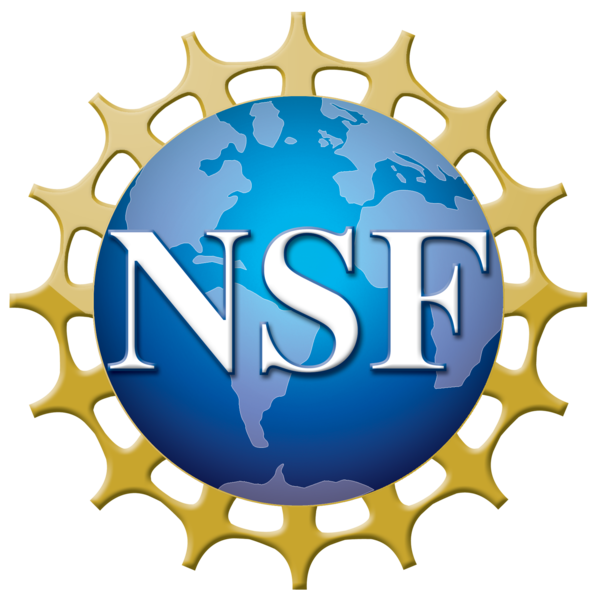arXiv 2305.15190v2
Wafer-Scale MgB2 Superconducting Devices
Changsub Kim, Christina Bell, Jake Evans, Jonathan Greenfield, Emma Batson, Karl Berggren, Nathan Lewis, Daniel Cunnane
- cond-mat.supr-con
- cond-mat.mtrl-sci
- physics.app-ph
- quant-ph
Progress in superconducting device and detector technologies over the past decade have realized practical applications in quantum computers, detectors for far-infrared telescopes, and optical communications. Superconducting thin film materials, however, have remained largely unchanged, with aluminum still being the material of choice for superconducting qubits, and niobium compounds for high frequency/high kinetic inductance devices. Magnesium diboride ($mathrm{MgB}_2$), known for its highest transition temperature ($mathrm{T}_c$ = 39 K) among metallic superconductors, is a viable material for elevated temperature and higher frequency superconducting devices moving towards THz frequencies. However, difficulty in synthesizing wafer-scale thin films have prevented implementation of $mathrm{MgB}_2$ devices into the application base of superconducting electronics. Here, we report ultra-smooth (< 0.5 nm root-mean-square roughness) and uniform $mathrm{MgB}_2$ thin (< 100 nm) films over 100 mm in diameter for the first time and present prototype devices fabricated with these films demonstrating key superconducting properties including internal quality factor over $mathrm{10}^4$ at 4.5 K and high tunable kinetic inductance in the order of tens of pH/sq in a 40 nm film. This groundbreaking advancement will enable development of elevated temperature, high frequency superconducting quantum circuits and devices.


